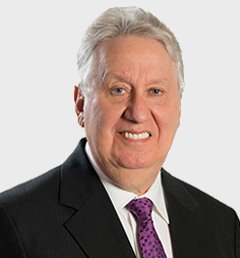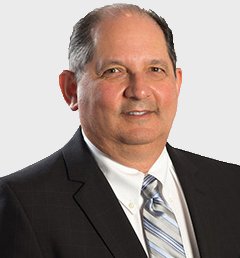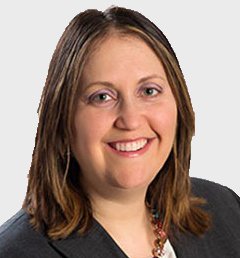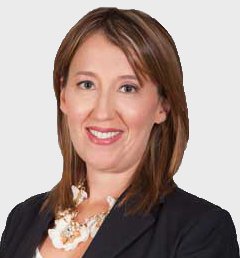Most of Canada’s major banks are now offering the First Home Savings Account (FHSA) as a way to help Canadians save up for one of the biggest purchases they’ll make in their lifetime, as homeownership is pushed further from reach amid high interest rates and prices.
Announced by the federal government in its 2022 budget, the FHSA came into effect April 1, 2023, and RBC, National Bank of Canada, TD and Scotiabank have all since launched accounts, and say they’ve been a success.
It’s an attractive option for people trying to save up for a down payment on their home. Prospective homebuyers can contribute up to $8,000 of tax-free savings each year, up to a lifetime contribution limit of $40,000. If the full amount isn’t contributed each year, you’re allowed to carry forward a maximum of $8,000 to use the following year.
Since RBC launched the account on April 20, they’ve opened tens of thousands of accounts, said spokesperson Kathy Bevan. “We’ve been seeing amazing interest in this new tax-free account, particularly among younger Canadians,” she said. The majority of the accounts, or 56 per cent, are held by clients aged 25 to 34, and 20 per cent are aged 35 to 44. Six per cent are aged 45 and up.
National Bank of Canada, which launched the account on April 17, 2023 said, “the demand has exceeded our expectations!” “A significant number of holders are placing the maximum amount, and they tend to be on the younger side of the population (in their 30s). As of Aug. 16, 2023 TD has offered the account long with an offer of $100 if you invest $3,000 or more within your new FHSA by Oct 31, 2023 and maintain the investment until Jan 31 2024, Bank spokespersons have said.
Scotiabank announced the launch of its FHSA this month and have “seen significant interest in the account,” a spokesperson said. CIBC will offer the account some time in November, and BMO will offer it sometime this year in 2023.
It is easy to see why the account has gained so much traction, said Jason Heath, financial adviser and managing director of Objective Financial Partners, as it’s a new way to save in a tax-effective manner.
The Question to ask is it the right account for you? Anything that allows someone to save tax is worthwhile, and I recommend my client to sign up for it.
The FHSA works a bit like a registered retirement savings plan (RRSP) in that the contributions are tax-deductible, and it also acts like a tax-free savings account (TFSA), as you can withdraw funds tax-free – but FHSA funds can only be used for a home purchase.
The main advantage of the account is it’s a good tax advantage for saving for a down payment and you can use your existing RRSP asset to fund the account as well, since it can be used in combination with other savings accounts.
For example, the FHSA can be used in combination with a TFSA. By using both tax-free savings accounts, homebuyers will be able to save much more for a down payment. Another option is the Home Buyers’ Plan, which allows you to withdraw funds from an RRSP for your first house tax-free, as long as you pay the money back to your RRSP over 15 years. The maximum withdrawal using the Home Buyers’ Plan is $35,000. By using the Home Buyers’ Plan and FHSA, you could end up with $75,000 for a down payment While an RRSP should be put aside for retirement and used as a last resort, if you need the extra financial help to put down a 20 per cent down payment — which means you don’t need to buy mortgage loan insurance which results in a saving of money down the road.
There are some caveats. Using the savings toward an investment property would not qualify for a tax-free withdrawal — the home must be a princip1 residence and homebuyers must move in within one year of purchase.
There’s also a tax excess FHSA on amounts. In general, you have to pay a tax of one percent per month on the highest excess FHSA amount in that month. You will continue to pay the monthly one per cent tax until the-excess FHSA amount is eliminated (which occurs at the start of the next carryover period.
Canadian residents who are at least 18 years old are eligible and cannot have owned a home at any time in the year e account is opened, or during the preceding four calendar years and if unused contribution is automatically carried forward to be used later, there is a cumulative $8,000 limit. That means, if you contributed $3,000, you’ll be able to carry forward the remaining $7,000 for the next year. But if you only contribute $1,000 again the following year, the remainder to carry over maxes out at $8,000, not $14,000.
Feel free to contact your local financial institution, bank to open such a plan and consult with any of the above lawyers to act for your purchase, mortgage and sale real estate transactions.














